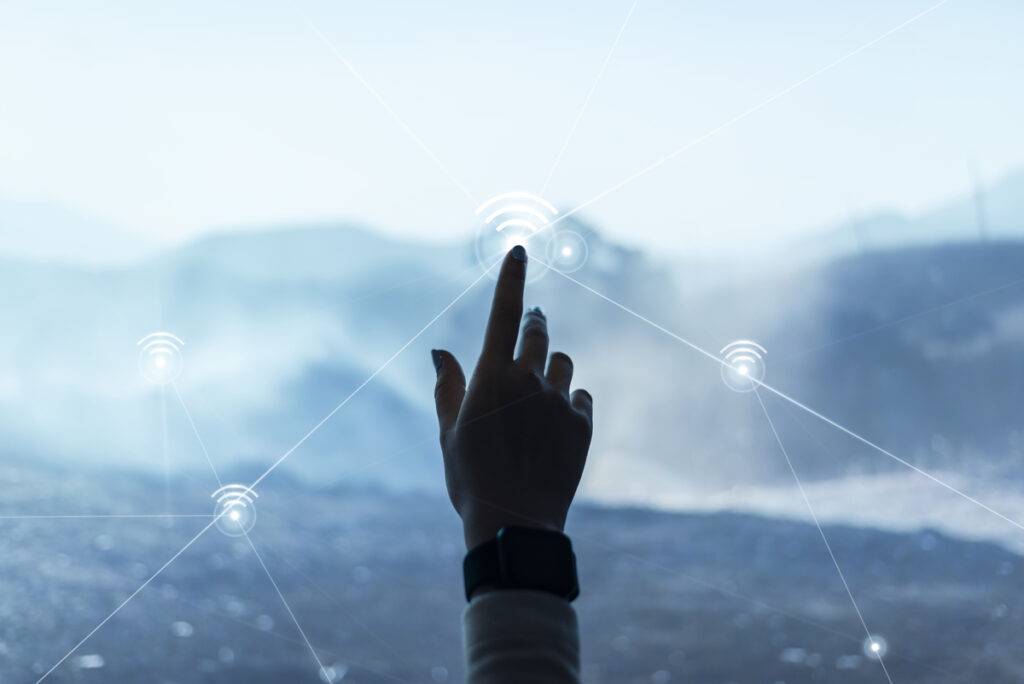IoT sensors are now essential for improving project efficiency, safety, and sustainability in 2024, having completely transformed the construction sector. Because these sensors provide real-time data on everything from climatic conditions to structural integrity, they are revolutionizing the way we monitor and manage construction sites.
IoT sensors in construction provide unmatched insights that help avoid expensive delays and enhance decision-making, whether you’re tracking equipment utilization, keeping an eye on worker safety, or guaranteeing quality control in construction. IoT sensor integration is becoming necessary as building projects get more complicated; it is no longer a choice.
This article examines the most recent developments in IoT sensors and provides a thorough summary of their uses, advantages, and potential future directions. Knowing how to use IoT sensors is essential if you want to stay ahead in the cutthroat construction sector.
Table of Contents
Introduction to IoT sensors
IoT sensors are electronic chipsets or modules that use a gateway to send data they detect about the environment or system conditions to the Internet. These various sensors can be activated by magnetic fields, radiation, or physical contact.
In Internet of Things applications, there are two primary types of sensors:
- Passive Sensors: they monitor environmental changes (such temperature changes) without a separate power source.
- Active Sensors: need a power source, such as a battery, in order to operate.
To put it briefly, Internet of Things (IoT) sensors sense their physical surroundings to gather data about things like temperature or air quality in construction. They can then send the data to gateways and the cloud across a network. After it’s in the database, it may be examined more closely to determine the best course of action.
IoT sensors are frequently integrated with cloud computing and artificial intelligence (AI) technology. As an illustration, a sensor may gauge a room’s temperature and humidity before sending the information to a cloud-based database for analysis and further actions.
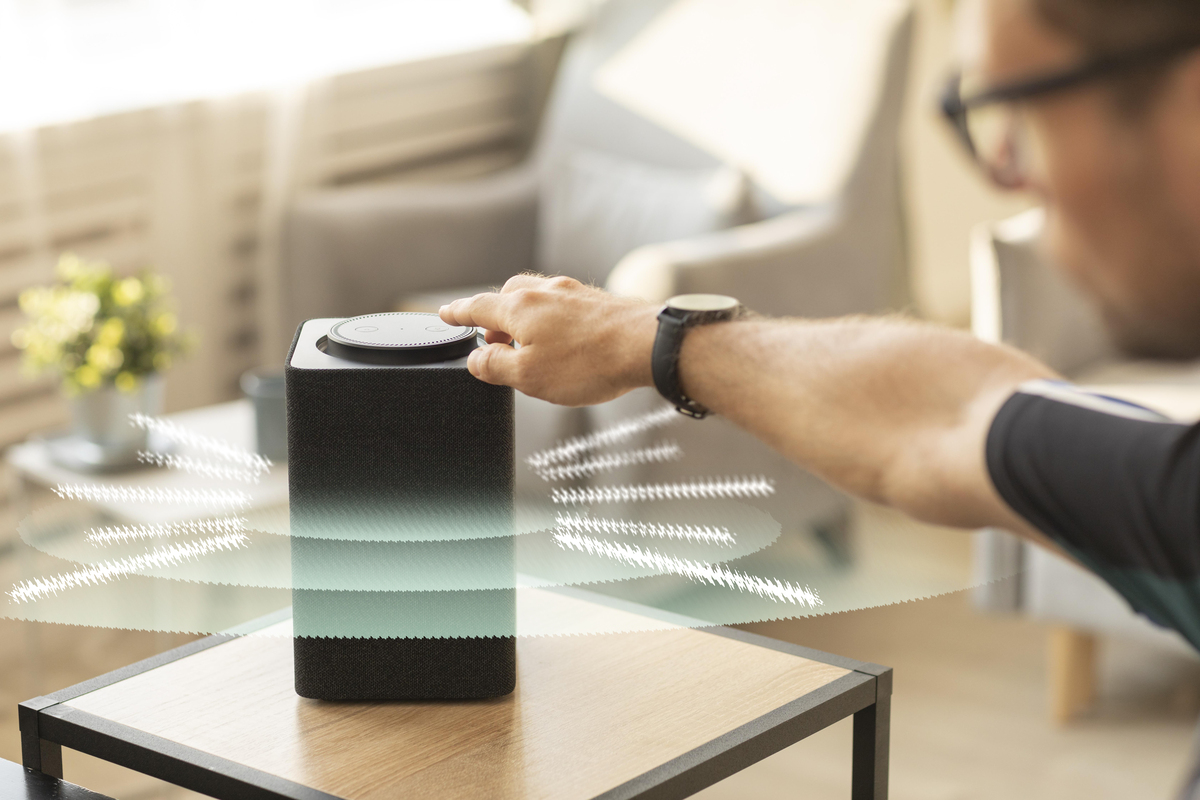
What do IoT Sensors Evaluate?
In office buildings, sensors are nothing new; they have been used for decades in both building automation and security. Building automation for industrial use usually focuses on electricity consumption, lighting, security, and HVAC in building (heating, ventilation, and air conditioning) systems. The humidity, temperature, pressure, occupancy, motion, gas, proximity, and other types of sensors are commonly found in IIoT technology. which are all currently widely used in the building automation sector. FMs can use this sensor data to gather information so that their building automation systems can use predictive maintenance.
Advantages of IoT Sensors in Construction
- Quality Control: IoT sensors guarantee consistent quality control by monitoring surroundings like humidity and temperature, which are crucial for tasks such as concrete curing and material preservation. This in-the-moment supervision lowers the possibility of pricey rework and aids in upholding excellent building standards.
- Enhanced Safety: By continuously monitoring dangerous circumstances, IoT sensors greatly increase safety on building sites. Sensors, for instance, can identify hazardous gas concentrations or structural flaws, warning personnel of any hazards right away and lowering the risk of accidents.
- Predictive Maintenance: By constantly tracking the health of equipment and machinery, IoT sensors allow predictive maintenance. By extending the lifespan of pricey building assets and preventing unplanned malfunctions, this proactive approach lowers long-term operating expenses.
- Enhanced Efficiency: By automating monitoring duties and supplying real-time data on equipment usage, material conditions, and project timeframes, IoT sensors optimize construction processes. As a result, expenses are eventually decreased through improved construction workflows, decreased downtime, and more effective resource allocation.
Types of IoT Sensor
There are many different types of IoT sensors on the market for various applications and use cases. The main categories of IoT sensors and their applications are broken down as follows:
Suggested article to read: Building Smarter in 2024: The Role of Sensors in Modern Construction
1. Fire Detection Sensors
Smoke and heat are detected by fire detectors, as the name implies. Smart building examples and industrial operations can benefit from this kind of detection. For instance, smoke and heat from combustion processes in combustion chambers like furnaces can be detected using fire detection.
2. Temperature Sensors
Also known as thermal sensors, temperature sensors are able to measure the temperature of a surface, an object, or an environment. A temperature sensor uses a network to measure and transmit a subject’s or object’s temperature to a cloud or other devices. Temperature sensors, for instance, are used to control the temperature of a device like a thermostat.
3. Light Sensors
Photodetectors used in light sensors are intended to identify visible light. These sensors are used to measure brightness from different light sources, like sunshine, as part of the automation of smart street lights. Light sensors can be helpful in automatically turning on lights when there is little or no sunlight.
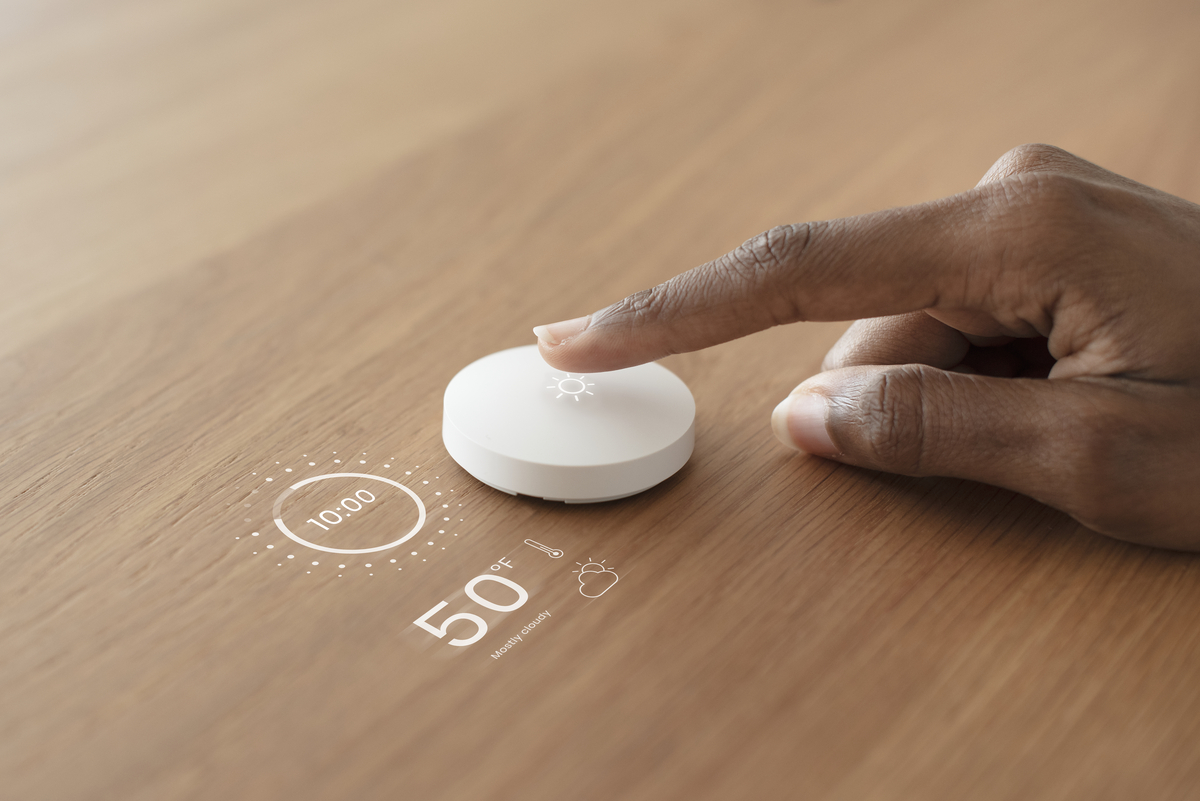
4. Humidity Sensing
Humidity sensors track variations in the amount of moisture in a variety of media, including liquids, solids, and air. Through the use of an electronic circuit that transforms electrical signals into digital ones, humidity sensors measure the layer’s reaction to electronic signals. This type of humidity detection is also applicable to thermostats and other moisture detecting solutions.
5. Predictive Maintenance with IoT Sensors
IoT sensors are essential for predictive maintenance in industrial settings since they continuously track the operation of machinery. These sensors monitor a number of variables, including pressure, temperature, and vibration, in order to spot wear indicators and possible failures. IoT sensors contribute to reducing downtime and extending equipment lifespan by warning maintenance teams of problems before they result in expensive failures. Because it improves reliability and lowers operating costs, this proactive approach to maintenance is revolutionizing various sectors.
6. Health Monitoring via IoT Sensors
Wearable The state of health monitoring is being advanced by IoT devices, which let medical professionals monitor patients’ vital signs from a distance. These sensors provide medical practitioners with real-time data by continually monitoring parameters including blood pressure, oxygen levels, and heart rate. Patient outcomes are improved by the early identification of possible health problems and the prompt action made possible by this continuous monitoring. The use of IoT sensors in health monitoring is revolutionizing healthcare by increasing its accessibility, personalization, and proactive nature.
7. Gas Detection Sensors
Gas detectors for leaks can be used to detect a particular gas in the surroundings. It can assist in identifying potentially hazardous gases to prevent any negative incidents or impacts on a certain user. Hydrogen sulfide, a gas present in natural gas pipes that might explode if a leak is not located, is one example of such a detection.
8. Intelligent Lighting with IoT Sensors
IoT sensors in smart lighting systems optimize energy use and cut expenses by automatically adjusting lighting based on the number of people in a room. In order to prevent energy waste in vacant places, these sensors detect occupancy and change the brightness or turn lights on and off accordingly. By reducing needless electricity usage, smart lighting systems with IoT sensors offer significant energy savings and support sustainable construction technology.
9. Smart Waste Management with IoT Sensors
Because they can provide real-time data on the amount of trash in bins, IoT sensors are revolutionizing waste management. These sensors optimize collection routes and schedules by tracking waste accumulation and alerting waste management workers when bins need to be emptied. With the help of this technology, less pointless pickups occur more frequently, and overflowing bins are dealt with quickly. IoT sensors in waste management result in cleaner, better-maintained urban landscapes as well as more effective, economical operations.
Suggested article to read: Top 5 Construction Waste Management Software Solutions for 2024
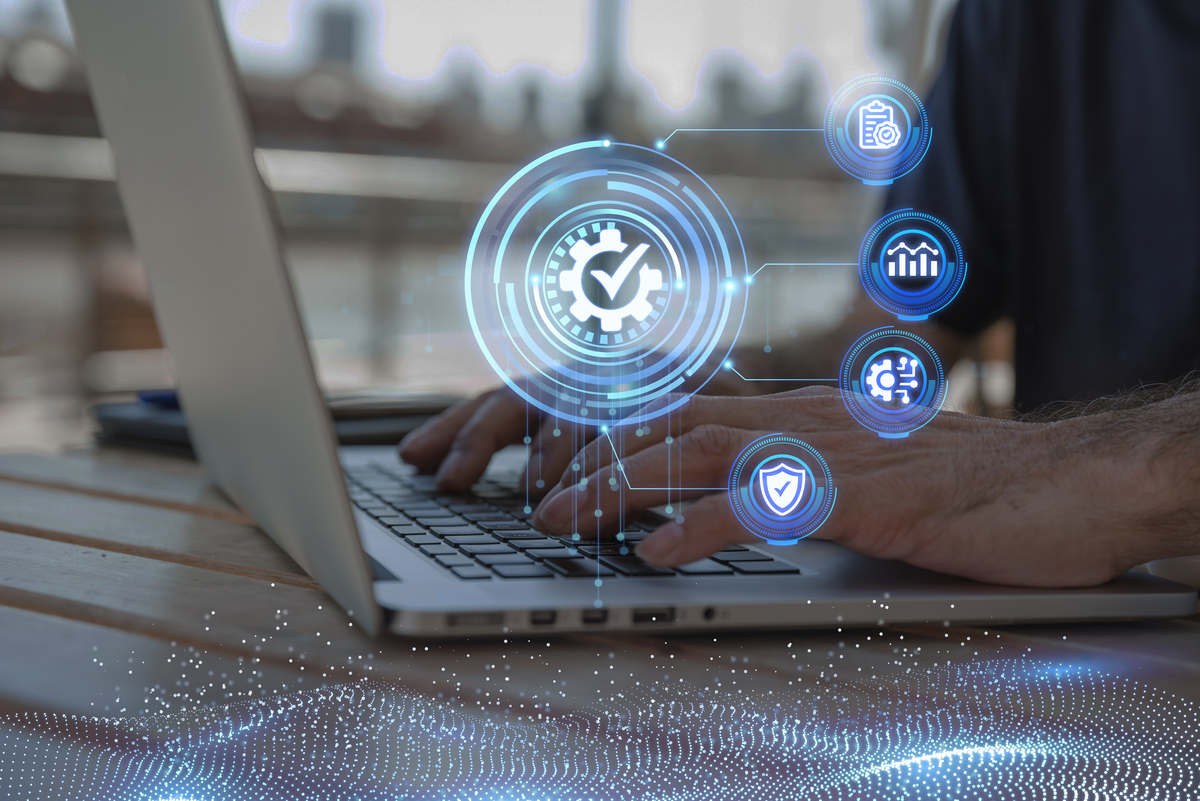
10. Using IoT Sensors to Monitor Soil Moisture
The accurate tracking of soil moisture levels by IoT devices is transforming agriculture. These sensors allow farmers to make more educated decisions about irrigation and fertilizer application by giving them access to real-time data on soil conditions. By ensuring crops receive the proper quantity of moisture, this system helps optimize water usage, improving yields and resource efficiency. By lowering water waste, IoT sensors in agriculture not only increase productivity but also support sustainable farming methods.
11. Proximity Sensors
Proximity sensors can help detect if there are nearby objects, animals, or humans passing by. These sensors identify the presence and initiate additional required activities, such activating lights, capturing security camera footage, or even assisting with parking. LiDAR, optical, ultrasonic, and infrared sensors, as well as other sensors, can assist with this kind of proximity detection.
12. Smart Parking Solutions with IoT Sensors
By making it easier for vehicles to locate open parking spaces quickly and effectively, IoT sensors in smart parking systems significantly increase urban mobility. These sensors tell a central system that directs vehicles to open parking spaces whether a place is filled or unoccupied. IoT sensors reduce emissions and traffic congestion in crowded urban areas by cutting down on the amount of time spent looking for parking. By making parking more convenient and environmentally sustainable, this smart parking technology improves the whole urban experience.
13. Chemical sensors
These crucial elements are employed in many different industries to identify changes in the composition of the air or liquids. Chemical sensors, for instance, can be employed in the industrial sector for process control and environmental monitoring to guarantee the efficiency and safety of the manufacturing process. Chemical sensors are used in medicine to diagnose diseases by analyzing breath samples or measuring blood glucose levels in diabetic patients. Chemical sensors can monitor air quality and identify dangerous pollutants in larger cities, safeguarding the populace.
IoT Sensor Challenges in Construction
- Data Security and Privacy Issues: With the extensive use of IoT sensors, major data security and privacy issues are brought to light. Construction businesses must safeguard sensitive data from cyber attacks and ensure compliance with data protection requirements in light of the massive amounts of data they create.
Suggested article to read: Cybersecurity in Construction; Guide to 2024
- Data Overload: While IoT sensors offer valuable data, the enormous amount of data can be overwhelming. Construction teams may find it difficult to effectively handle, evaluate, and act upon this data, which could cause delays in decision-making and even mistakes.
- Problems with Integration: It might be difficult and time-consuming to integrate IoT sensors with current construction management systems. Managing data from many sources, making sure that gadgets are compatible with one another, and teaching employees how to use new technology efficiently are some of the challenges.
- High Initial Costs: Using IoT sensors in building projects necessitates large upfront expenditures for infrastructure, technology, and training. These up-front expenses may prevent smaller businesses from adopting IoT, restricting their access to its benefits.
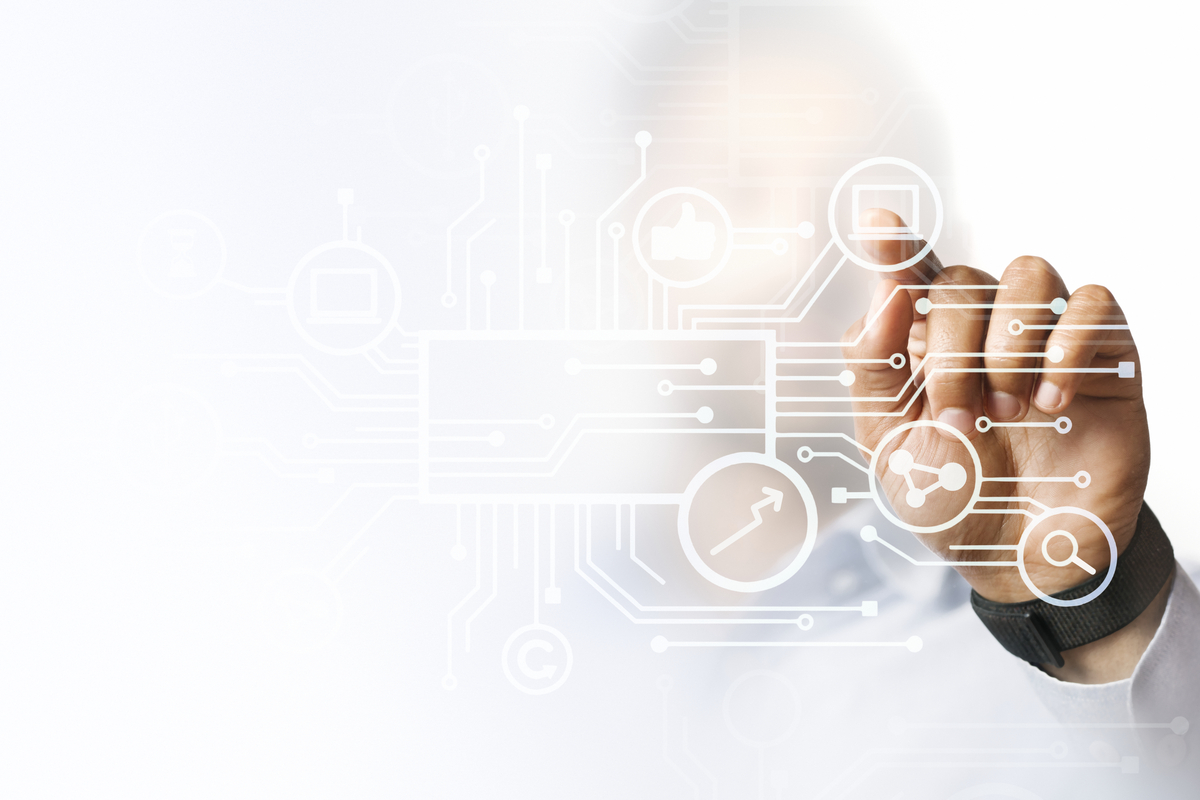
The Future of IoT Sensors
IoT sensor applications are quite promising, and we can anticipate seeing these gadgets incorporated into many more facets of our everyday life. Wearable sensors, for example, can monitor patients in real time in the healthcare industry, enabling medical professionals to follow vital signs and identify early indicators of illness. In smart homes and buildings, IoT sensors can also be utilized to minimize waste and maximize energy utilization. They can also be used in industrial settings to increase worker productivity and safety.
IoT sensors in agriculture are used to track crop development, monitor soil moisture levels, and identify early warning indicators of pests and illnesses. We may anticipate seeing even more creative applications of sensors in a variety of fields, such as transportation and smart cities, as we continue to create increasingly sophisticated IoT technologies.
These sensors have the capacity to gather enormous volumes of data, which opens up countless opportunities for enhancing productivity, sustainability, and quality of life. Smart homes, factories, and cities all employ IoT sensors. It’s likely that an IoT sensor will be used in the process if there is an IoT solution. They are also employed in a variety of sectors, including manufacturing, transportation, healthcare, and agriculture.
Conclusion
The integration of IoT sensors in construction is set to redefine industry standards in 2024 and beyond. These state-of-the-art gadgets have revolutionary advantages like increased efficiency, safety, and significant cost savings. IoT sensors enable construction managers to make well-informed decisions that result in excellent project results by supplying real-time data.
IoT sensors have a wide range of possible uses in building, which will only increase as technology develops and present more chances for creativity. IoT sensors must be a major part of your building strategy if you want to stay competitive and future-ready. By doing this, you’ll put yourself at the vanguard of a quickly developing industry and maximize project performance.
FAQs
What are IoT Sensors and How Do They Work?
- Answer: IoT sensors are electronic gadgets that use a gateway to transmit data to the internet about system or environmental parameters like temperature, humidity, or motion. They are essential to Internet of Things applications because they gather and send data for additional processing and management.
What are the Main Types of IoT Sensors?
- Answer: Active and passive sensors are two types of Internet of Things sensors. While active sensors need a power source, like a battery, to function, passive sensors track changes in the environment without the need for a separate power source.
How Do IoT Sensors Improve Construction Projects?
- Answer: IoT sensors facilitate predictive maintenance, boost efficiency, improve quality control, and increase safety in building projects. They assist in process optimization and cost reduction by keeping an eye on vital variables including temperature, humidity, and equipment health.
What Challenges Do IoT Sensors Face in Construction?
- Answer: IoT sensors in construction face several major obstacles, including data security and privacy issues, data overload, problems integrating with current systems, and high initial prices that may be prohibitive for smaller businesses.
How Are IoT Sensors Used in Smart Building Automation?
- Answer: IoT sensors are used in smart building automation to track and manage systems such as energy usage, lighting, security, and HVAC. They give facility managers access to real-time data that helps them maximize the energy and performance of their buildings.
Suggested article for reading:
Types of Sensors in Construction Industry; 2024 Review
How IoT in Construction Monitoring is Transforming Project Management
Digital Transformation: The Role of 5G Technology in Construction
Case Study: Top 4 Smart Building Construction in Skyscrapers
Resources:
McKinsey & Company | Deloitte | Forbes | TechTarget | IoT For All | Freee Way | Office Space Software
For all the pictures: Freepik

